Patients experiencing tooth loss or dental damage often undergo various dental implant procedures. Individuals facing these dental issues seek to choose the best dental implant option for themselves. One of the types of implants available is laser dental implant.
In the field of medicine, lasers have been used since the 1960s, and recent years have witnessed rapid technological advancements in dental laser applications. Laser dental implants are utilized in addressing the issue of tooth loss.
Let's explore what laser dental implants are, how they are applied, and their advantages!
Laser Dental Implant Treatment:

A common question in the field of dental implants is what laser-assisted implant therapy entails. Dental implants are applied to individuals experiencing tooth loss or dental damage.
In recent times, technological advancements in the dental field have popularized laser-assisted implant therapy. Laser dental implants, performed using lasers, are known for being a minimal invasive technique compared to other dental implant procedures.
For laser implantation, it is essential for the patient to have sufficient bone volume in the oral cavity. Laser-assisted implant therapy is specifically applied to the area where the procedure is needed, targeting the tooth and gum regions.
Laser dental implants are also known as sutureless implants. Sutureless implants involve placing artificial tooth roots without making incisions in the treated area.
A circular area is created in the bone through laser to place the implant without the need for incisions. This results in a faster and less painful treatment, with a shorter recovery period.
Laser Dental Implant Treatment: Understanding the Entire Process
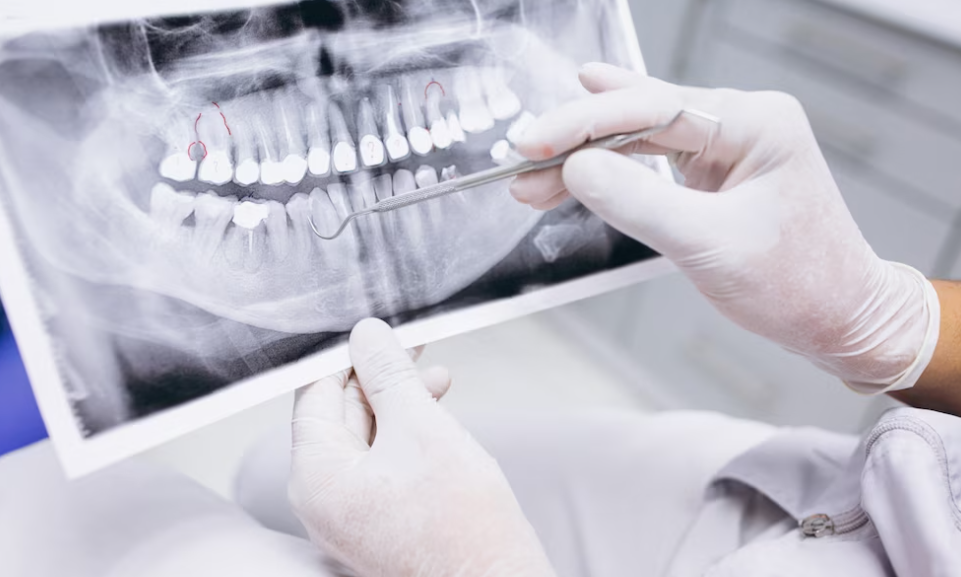
We have detailed what laser-assisted implants are. Another common question is how laser dental implant treatment is carried out. Let's answer this question in a step-by-step manner:
- Before initiating the implant treatment, the dentist obtains a three-dimensional dental tomography of the patient. After examining the bone tissue, laser dental implant therapy is performed if the volume is sufficient.
- The implant procedure begins with local anesthesia administration. Using lasers such as Diode, Erbium, Nd-YAG, or CO2, the dentist ensures the opening of the gum for implant placement.
- Once the bone tissue is reached, the laser creates a circular area with a specific width and depth in the compact layer, the hardest part of the bone. Afterward, a socket of the implant size is created with a milling tool, and the implant is placed.
- After implant placement, either Diode or Nd-YAG lasers are chosen for biostimulation. This application prevents postoperative pain for the patient.
In summary, laser dental implants involve obtaining a three-dimensional tomography, administering local anesthesia, using lasers for gum opening and bone preparation, placing the implant, and applying biostimulation post-implantation.
Advantages of Laser Dental Implants:
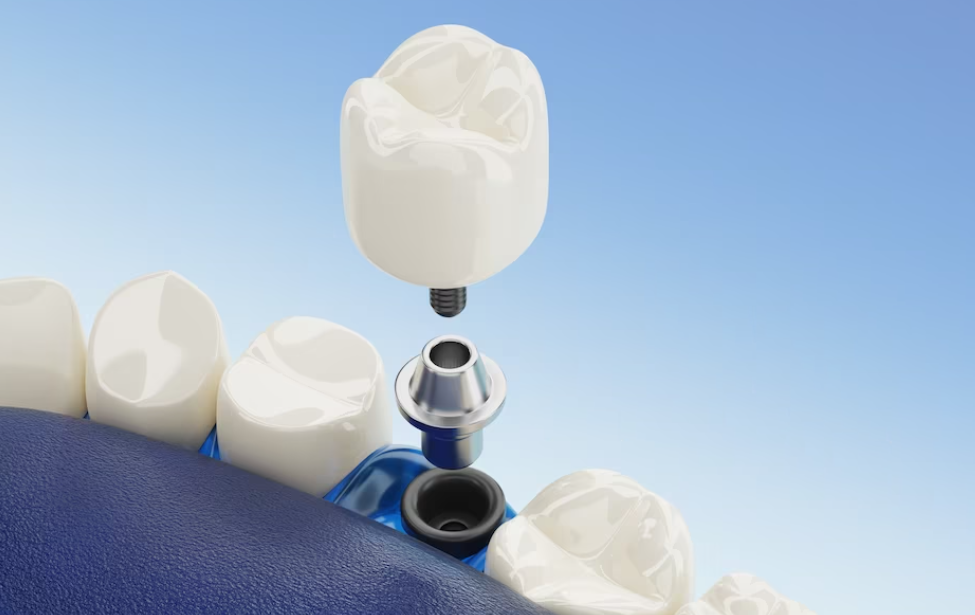
Laser-assisted implant therapy has gained popularity among patients, leading to curiosity about its advantages. Here are some advantages:
- Faster healing compared to other implants, as it is performed without sutures.
- Suitable for patients with conditions such as diabetes, kidney or liver issues, and those prone to infections, as no stitches are used, making it more compatible with weak immune systems. The success rate is high.
- Low risk of infection.
- During laser dental implantation, only a small area of the gum and jawbone is treated with lasers. Therefore, patients undergoing laser-assisted implants experience a quicker recovery, allowing them to return to their daily lives in a short time.
- The hydrokinetic cutting technique in laser devices prevents damage to the bone tissue during the procedure.
In conclusion, laser-assisted implant therapy offers practicality and quick recovery for patients facing tooth loss issues.

 English
English Turkish
Turkish Deutsch
Deutsch العربية
العربية![[:en]Laser Dental Implant: What is it? How is it done?[:tr]Lazer Diş İmplantı Nedir? Nasıl Yapılır?[:de]Laserzahnimplantat: Was ist das? Wie wird es durchgeführt?[:ar]زرع الأسنان بالليزر: ما هو؟ كيف يتم؟[:] lazer diş implantı](https://proestetik.com.tr/wp-content/uploads/2023/12/lazer-dis-implanti.png)



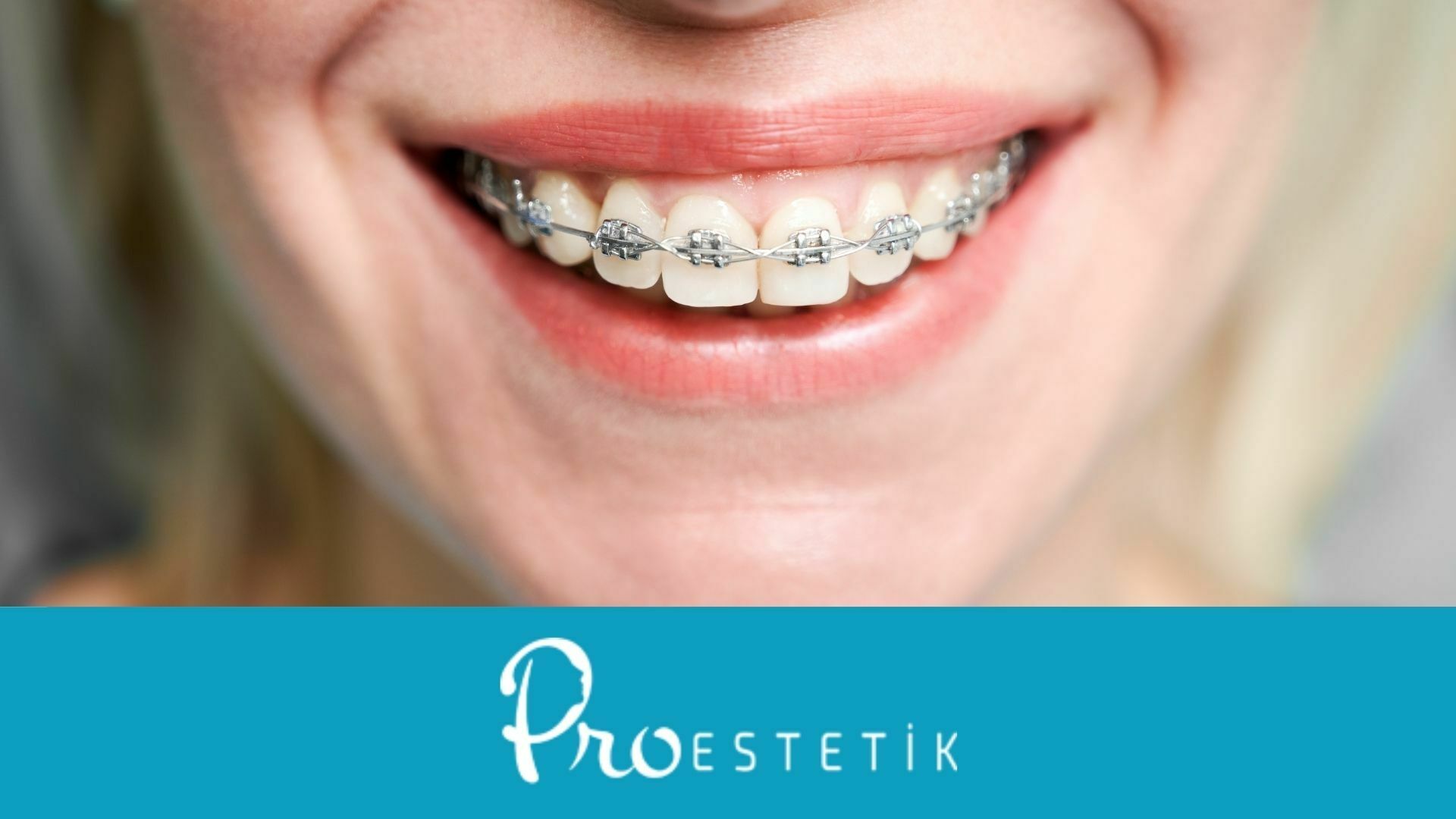
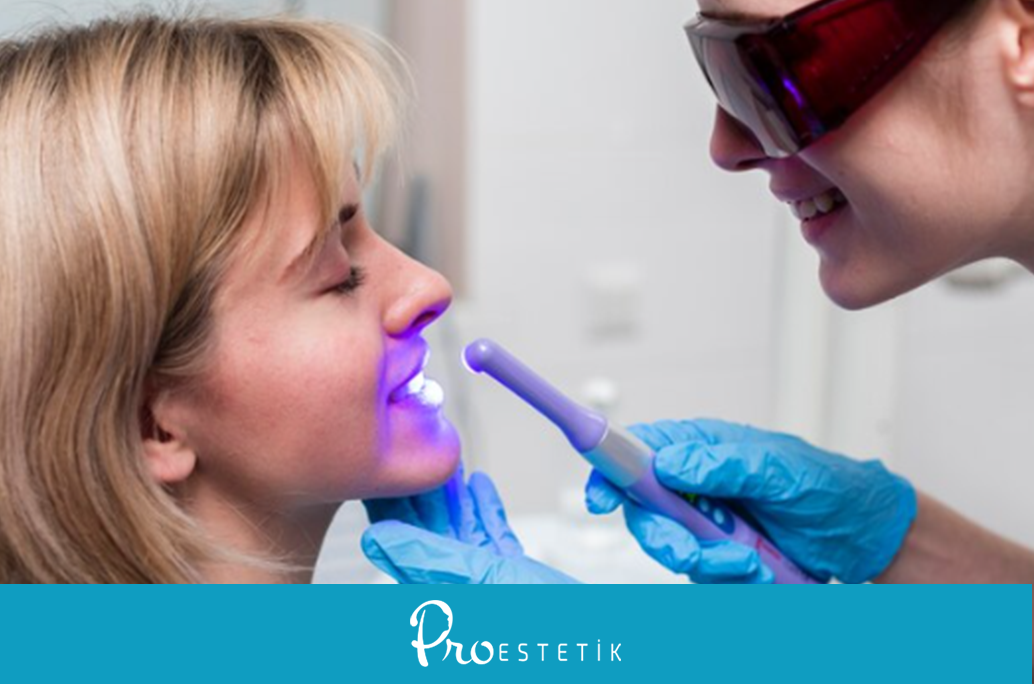
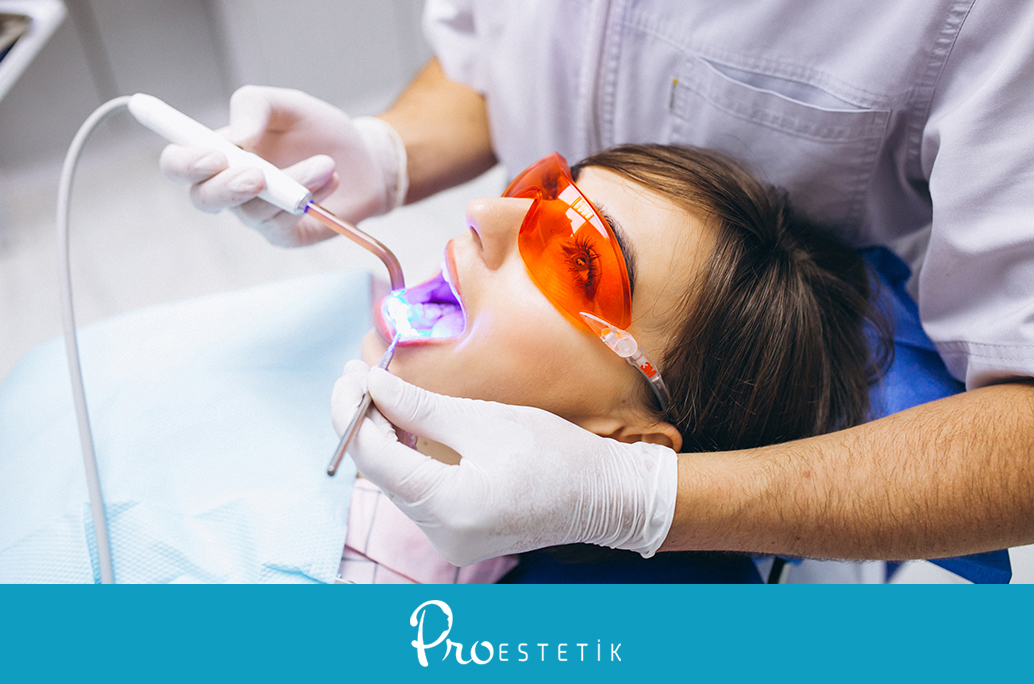





Sebiha kröning
1 year agoYeriniz neresi göremedim şehir olarak yani, benim üst dişlerime implant iki defa uygulandı geri düştü takma dişede hiç alışamadım yine implant yapılamazmı acaba? Bu arada 1955 doğumluyum.